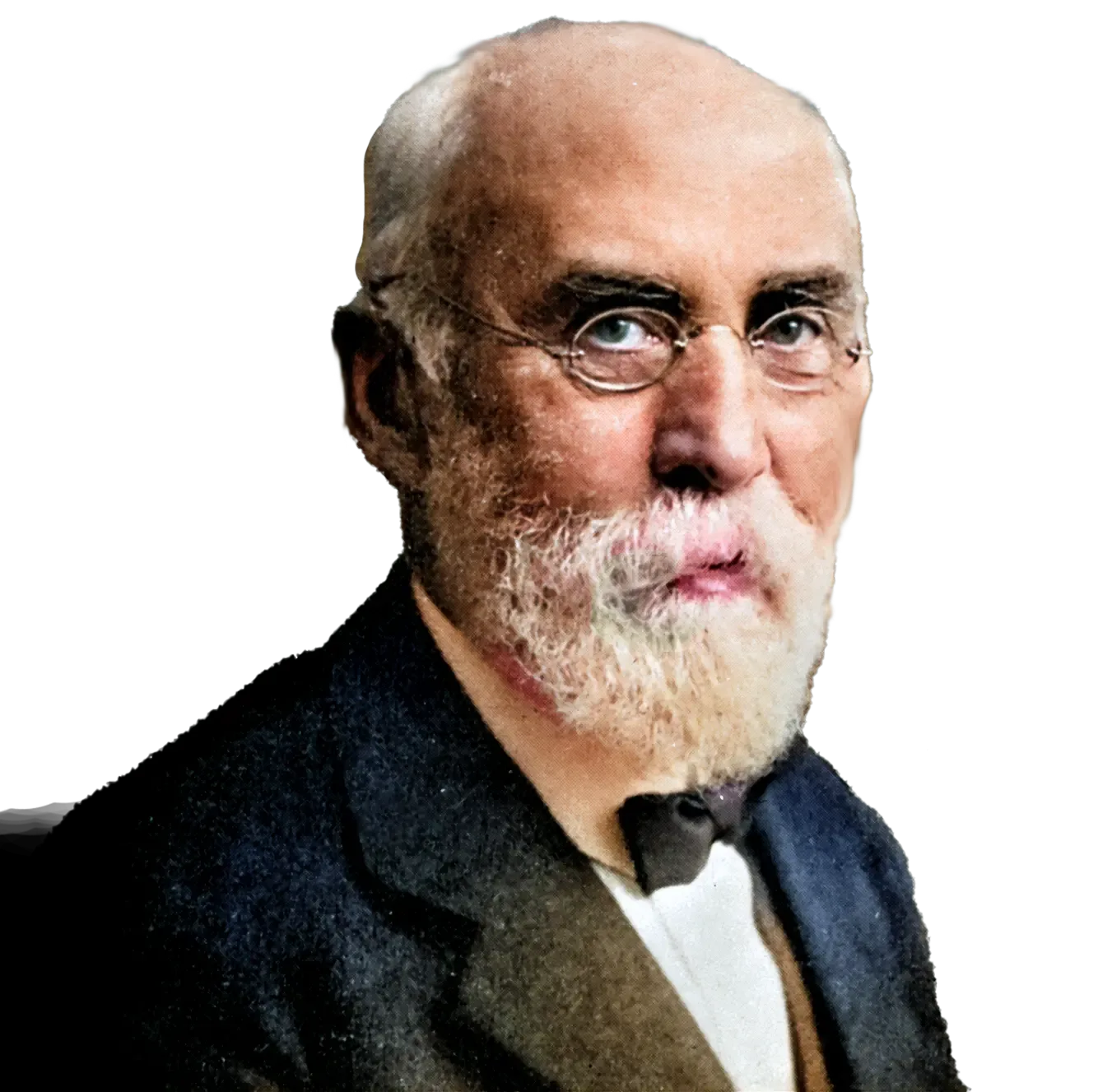At the end of the 19th century a lot was already known about electricity, magnetism and light. But the link between these phenomena was unclear, until Hendrik Antoon Lorentz came along and explained the reflection and refraction of light as an electromagnetic wave phenomenon. Everything we now know about light as a natural phenomenon and all the applications that have arisen from this knowledge therefore originate with Lorentz.
Electron
What allowed Lorentz to link these phenomena was his discovery of the smallest atomic particle, the electron. This minuscule, electrically charged particle is responsible for everything related to electricity, magnetism and light.
Lorentz also demonstrated that objects that move at great speed become smaller and heavier. This showed that the speed of light represents the absolute maximum speed. These three breakthroughs are now understood to be important elements of Einstein’s special theory of relativity, but it was Lorentz who laid the foundation for them.
Lorentz was awarded the Nobel Prize in Physics in 1902 for one of his ground-breaking discoveries. He obtained this prize jointly with Pieter Zeeman for their work on the so-called Zeeman Effect that reveals the consequence of a subtle interaction of light and magnetism around atoms. Lorentz conducted the theoretical work for this discovery while Zeeman proved through experiments that the theory was indeed sound.
Exceptional talent
Lorentz’s career (1853 - 1928) shows clearly what an exceptionally talented man he was. He was barely 17 when he came to Leiden to study physics and mathematics. Within five years, aged 22, he had both graduated and obtained his PhD. Another two years later, in 1877, aged 24, he was appointed Professor of Theoretical Physics in Leiden. This made him one of the youngest professors ever.
Lorentz was anything but an ivory tower academic. In the years following World War I, in his position as Chair of the International Solvay Conference, he worked on reconciling researchers from countries that had been at war with one another. He also played an important role in the drainage of the Zuiderzee. Lorentz calculated all the possible wave and water movements and determined how high the water could rise and therefore what the height of the dykes should be. The formulae he developed are still used in fluid mechanics today.
Socially engaged
Lorentz was also a socially engaged man. He was strongly committed to the education of young people in the poorer sections of the population. A public library was opened in Leiden in 1910 on his initiative. Lorentz lived on the Hooigracht in Leiden until 1912, but after nearly forty years of living in Leiden, he moved to Haarlem. There, in addition to his Leiden Chair, he was also appointed curator of Teyler’s Museum. Lorentz died in 1928.
Einstein, who visited Leiden on a regular basis from 1911 onwards, who was appointed Leiden Extraordinary Professor in 1920, and whose theory of relativity elaborated on Lorentz’s ideas, wrote on the occasion of the 25th anniversary of Lorentz’ death: ‘To me he meant more than all the other people I have met on my life path.’

